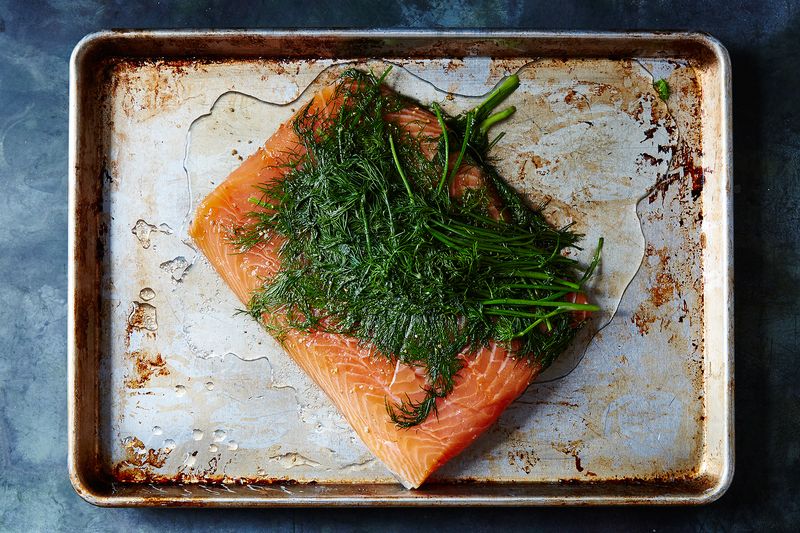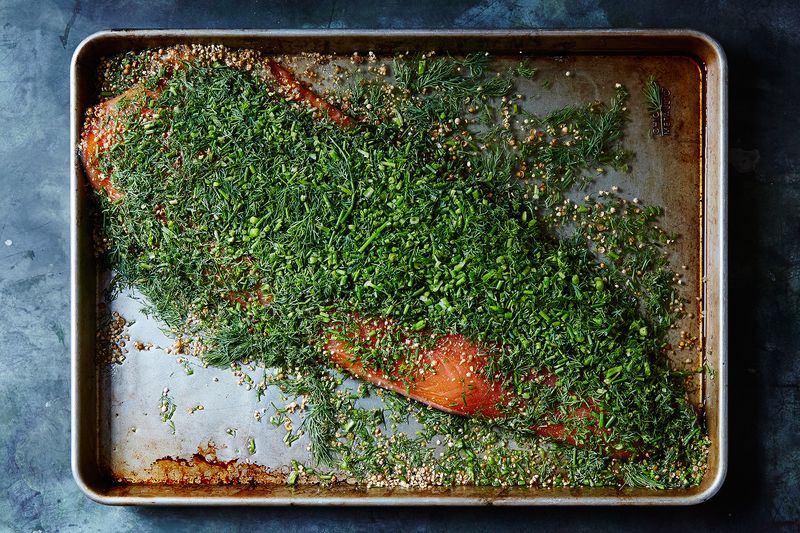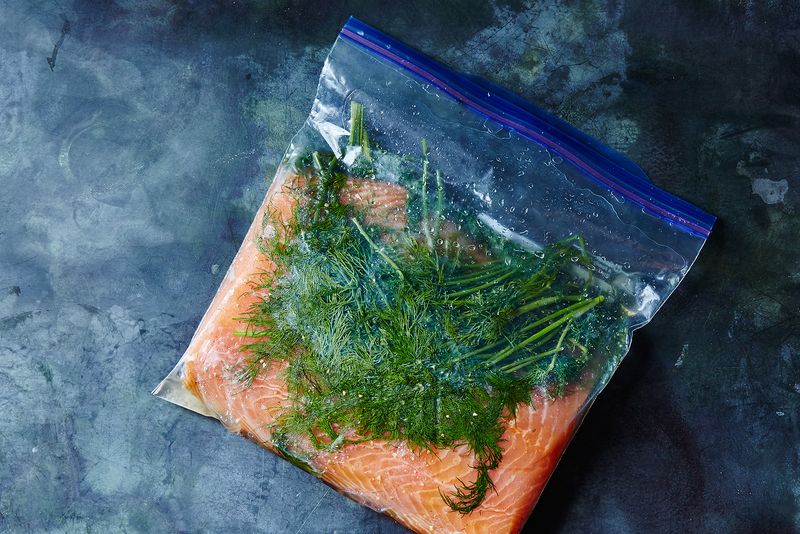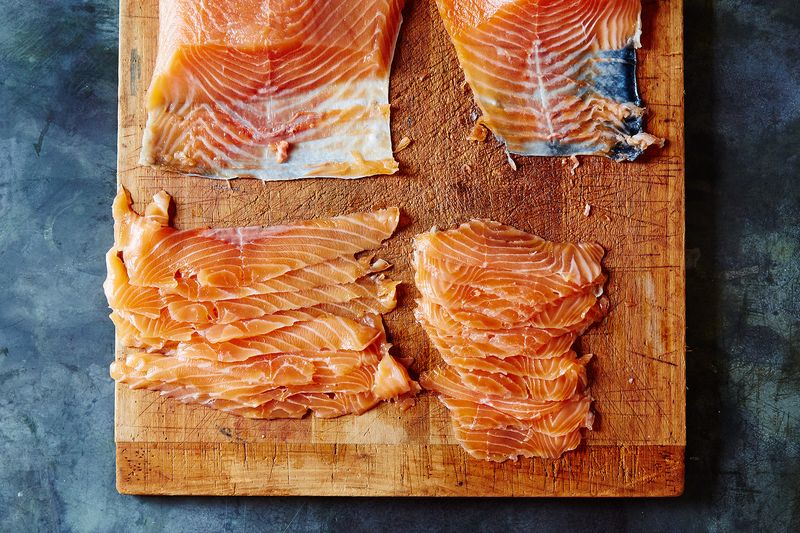
On our new weekly podcast, two friends separated by the Atlantic take questions and compare notes on everything from charcuterie trends to scone etiquette.
Listen NowPopular on Food52
7 Comments
Alex T.
June 28, 2016
I make gravlax almost the same except: no coriander(yuk), and I do a splash of cognac.
Barbara
June 25, 2016
I'm all in except I don't know how to cut it so thin.
Sharon
June 25, 2016
Don't let that stop you! LOL. All you need is the right knife. A long, thin, very sharp knife will make quick work of it. It's most important that the knife be VERY sharp. Also, slant your knife so that it cuts on the diagonal for generous slices. It doesn't take long to master this. Enjoy!
Barbara
June 25, 2016
I was thinking maybe I could get it sliced at Fairway! The long knife sounds more realistic. Thanks.
Tom
June 24, 2016
I haven't made gravlax for a long time. My wife and I were just discussing making it. My favorite recipe came from Emeril Lagasse. In it was about 2 tablespoons each of lemon lime and orange zest. It was delicious, with just a background taste of the zest.
Sharon
September 25, 2015
Anything mentioning gravlax catches my eye. I dearly love the stuff. And although I'm about as far from being Swedish or Nordic as one could get, I make a stash of gravlax about every two weeks. I use a salt/brown sugar dry rub with crushed coriander seeds, black, white and red peppercorns, wild fennel seeds and fronds from my garden and dried dill. I rarely have fresh dill on hand. Sometimes I add a dash of hickory smoked salt. I cut the fish in half and face flesh sides together, wrap it in plastic wrap, put it in a zip-lock bag and weigh it down with a big, heavy brick wrapped in foil. I always let mine cure for 48 hours as I've found that to be the ideal length of time. I turn it every 12 hours. Sometimes I rinse it and sometimes I just scrape off the cure, depending on how salty it is. I play with the balance of salt & sugar each time I make it. Either way, it is ALWAYS sublime. I tried some other suggestions and added sliced lemons to the skin sides before wrapping, but it added nothing to the equation except bitterness. It needs no further gilding. My method is based on Ina Garten's excellent recipe, along with her delicious mustard sauce. We eat it on black pumpernickel, ciabatta, bagels with cream cheese, or just just suck the silky slices down our throats while standing at the fridge. I even make gravlax eggs benedict on the weekend. Fresh salmon is always available here in California. so we are blessed with a never-ending supply of homemade gravlax. I do hope people will try this. It requires very little effort for such outstanding and elegant results. Thanks for the article.
Sini |.
September 25, 2015
Loved this article and your thougts on Nordic food, the books, and the process of curing (and eating) salmon.






See what other Food52 readers are saying.